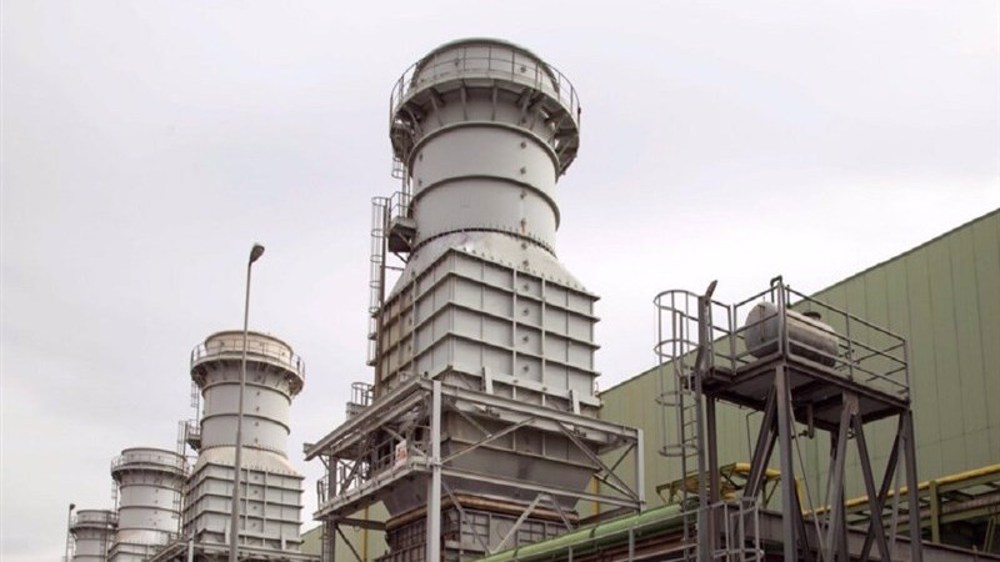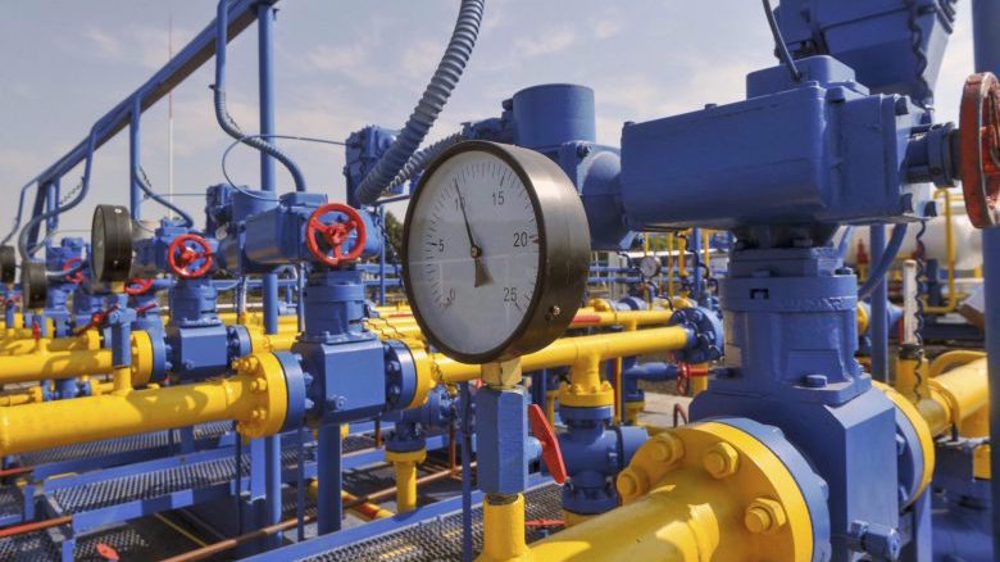Iran signs deal over ‘unique’ floating LNG scheme
Iran has finalized a contract which could provide it with a crucial access to global markets of liquefied natural gas (LNG) it had been denied for years as a result of US sanctions.
The contract – widely believed to be unique in many ways – would envisage an investment of at least $600 million in a project that would be the first of its kind in the region and among only a few so far implemented in the world.
It was awarded by the National Iranian Oil Company (NIOC) to a joint venture between Norway’s Hemla Vantage energy giant and Iran’s Kharg Petrochemical Company, Shana news agency which is affiliated to Iran’s Ministry of Petroleum reported.
Based on it, the NIOC would provide the venture – named IFLNG – with natural gas for production of LNG at a floating facility that would be stationed in the Persian Gulf.
The floating facility would be installed on a vessel - Caribbean FLNG – belonging to Belgium’s Exmar but to be leased to the IFLNG. The facility would have an annual production of 500,000 tonnes of LNG over period of 20 years. No further details on the contract were provided by Iran’s media.
The Caribbean FLNG would be the second such vessel to be used for hosting a floating liquefaction plant. It would be moved to waters near Iran’s South Pars natural gas zone next year and would be accordingly provided with around 2.3 million cubic meters of flare gas burnt at Phases 17 and 18 of South Pars.
Based on primary US sanctions against Iran in place for decades now, foreign enterprises have been banned from providing the technology for liquefaction of natural gas to the Islamic Republic – a technology which is patented by American enterprises.
The ensuing failure of companies to investing in Iran’s liquefaction projects have already taken three of the country’s main LNG project down the drain – Persian LNG, Pars LNG and NIOC/Iran LNG.
Iranian officials had previously announced contradicting positions regarding the country’s liquefaction projects that could take the country’s natural gas to as far as Europe and East Asia.
IFLNG’s project is also unique on that it envisages collecting gas which is burnt at South Pars wells and selling them to the Iranian-Norwegian partnership for production of LNG. Apart from economic gains, this is expected to help the environment specifically given that Iran – as its officials have already said – is among 10 countries that are responsible for releasing 75 percent of industrial gases – mostly as a result of flaring – into the atmosphere.
VIDEO | Press TV's news headlines
Iranian satellites launched into space as private sector debuts in space industry
VIDEO | Iran, Azerbaijan conduct joint maritime rescue operations
VIDEO | Yemen’s Red Sea divide: Naval forces block Israeli-linked ships in strategic ‘parting of the water’
VIDEO | Southern Gaza: Israel’s facade for famine and suffering
VIDEO | IOF hampering humanitarian aid
VIDEO | Sharmahd: Justice Done
Iran repeatedly warned Israel not to test its will: FM










 This makes it easy to access the Press TV website
This makes it easy to access the Press TV website